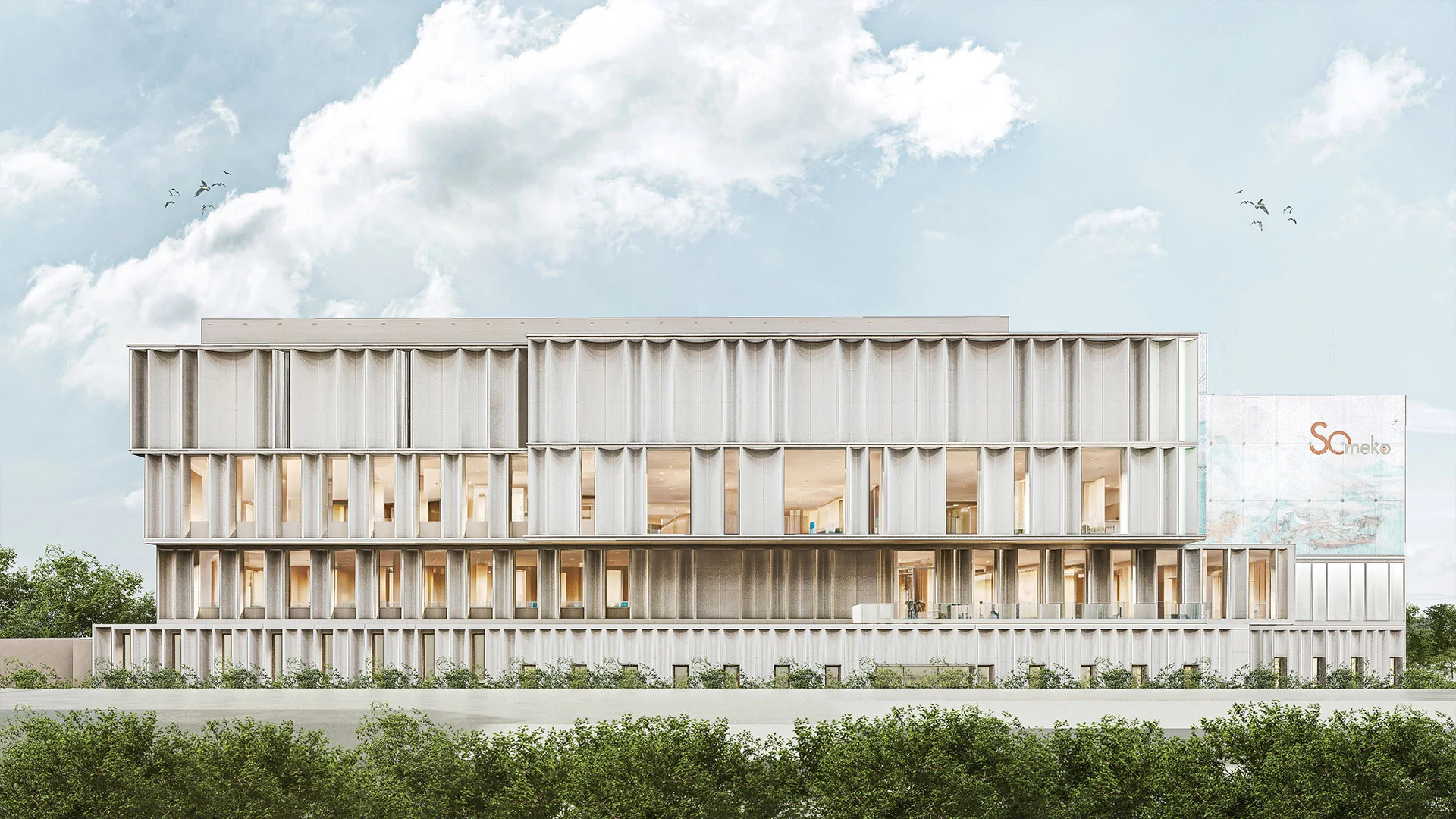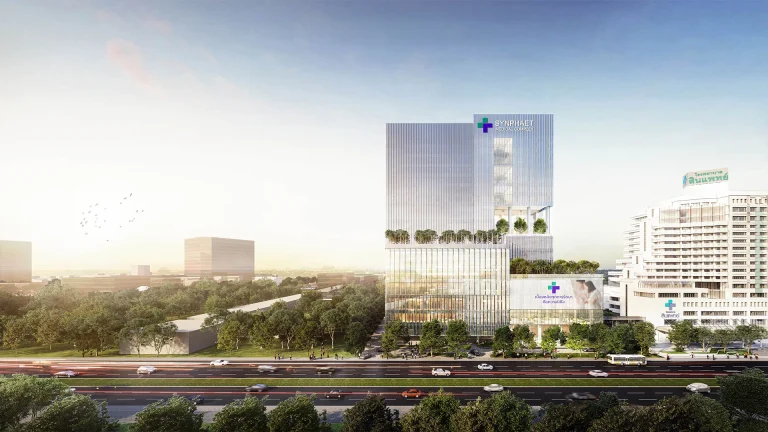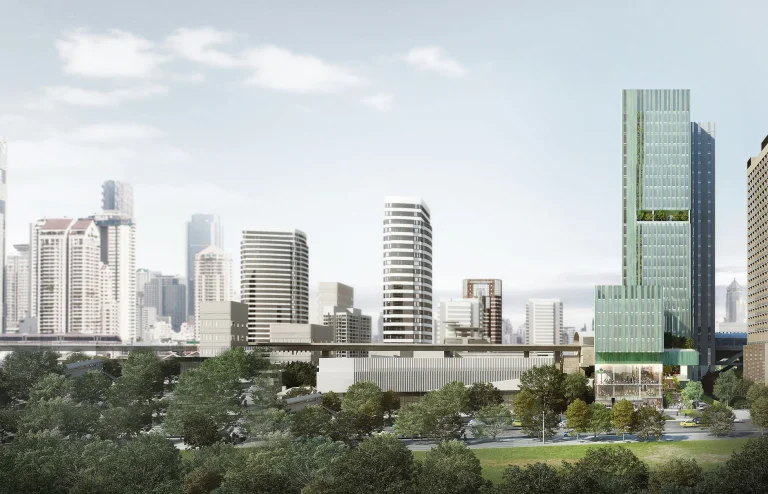- RESPONSIBILITY / ARCHITECTURE DESIGN
- AREA / 7,400 SQ.M.
- COST / 252 MILLION BAHT
- COMMENCEMENT / 2023
- ARCHITECT AND INTERIOR / VESSU COLLABORATION CO.,LTD.
- DESIGN DIRECTOR / PARIN JONGSUKKITPANICH
- ARCHITECT / SUDNAPHA JARATJARUNGKIAT, PATIPAN KAEWJAROON, PANATHORN TALORDSUK, CHUTIKAN SINGHAVARAJ
The Surgery Hospital design is a strategic and innovative approach to healthcare architecture, offering a unique investment opportunity by allowing for a phased construction model. This design not only prioritizes patient care and medical efficiency but also presents a financially prudent option by allowing investors to commit to 70% of the project’s cost in distinct phases.
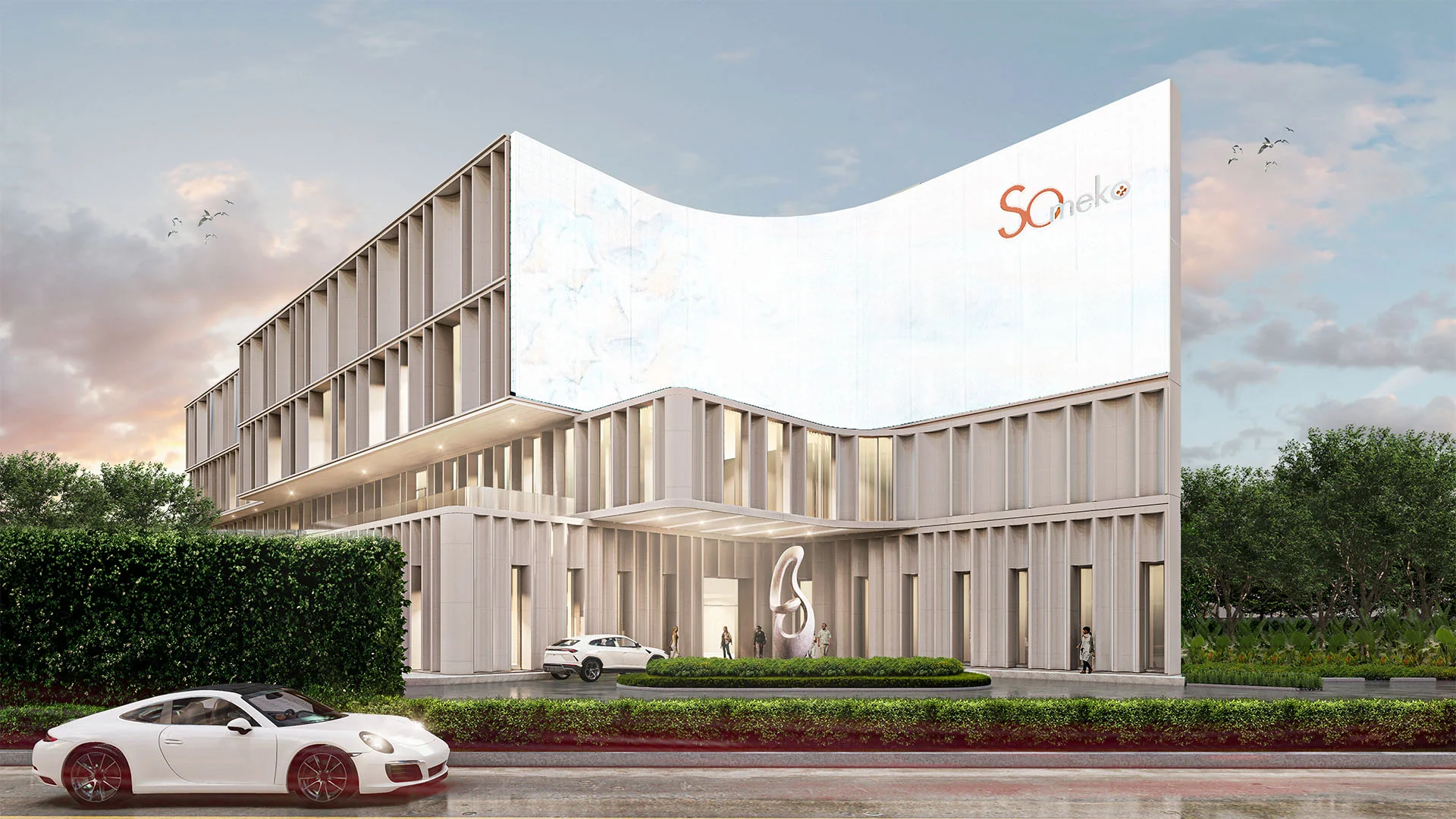
The hospital’s exterior exhibits a contemporary and modular design, reflecting the flexibility inherent in the phased construction approach. The facade is characterized by clean lines and a neutral color palette, projecting a sense of professionalism and trustworthiness. The design incorporates scalable elements, ensuring that each phase seamlessly integrates with the existing structure as it evolves
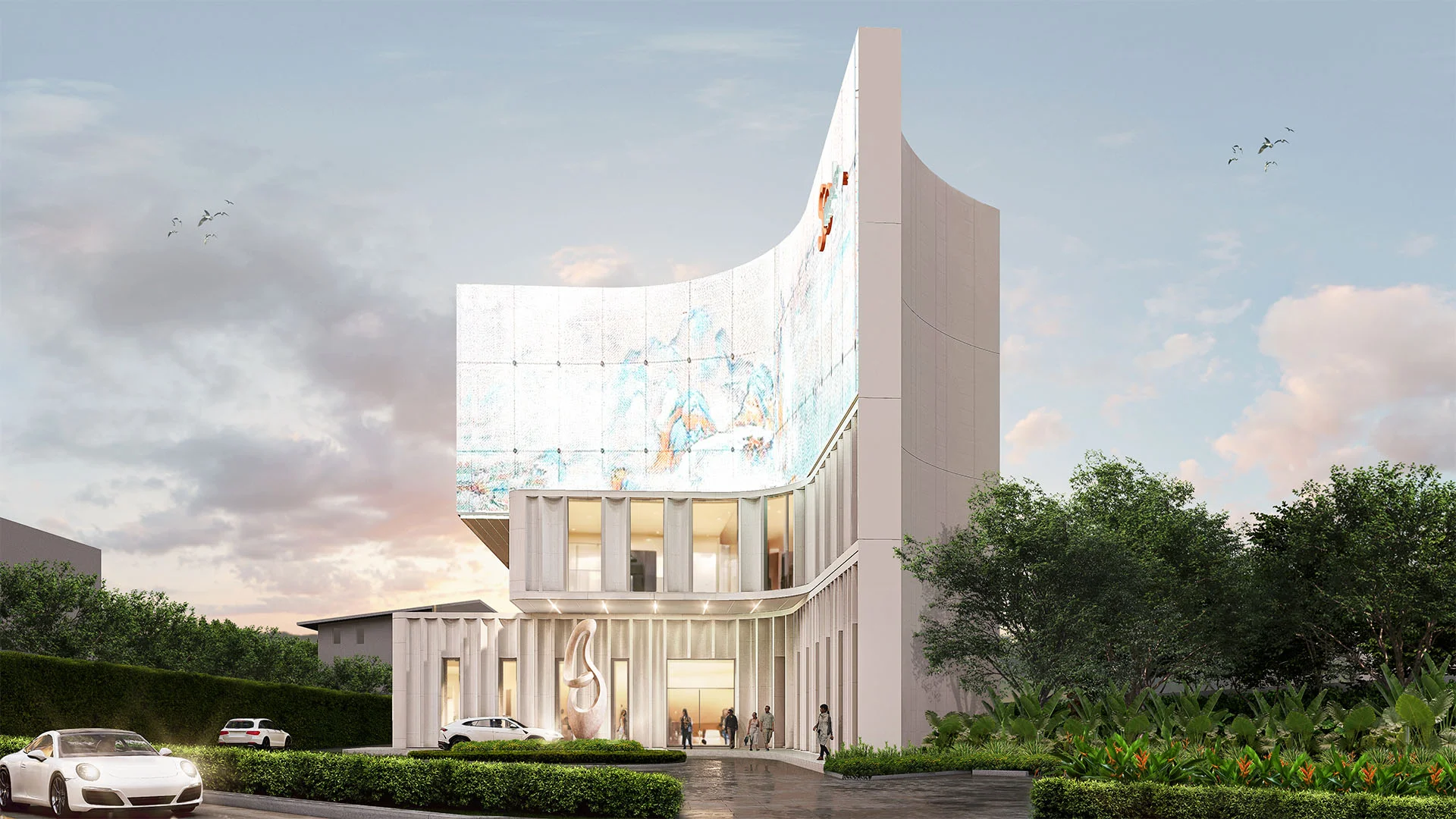
The first phase of construction establishes the core infrastructure, including critical surgical facilities, sterilization units, and administrative offices. The layout is carefully planned to optimize patient flow and staff efficiency. State-of-the-art operating rooms equipped with the latest technology ensure that the hospital can provide top-tier surgical services from the outset.
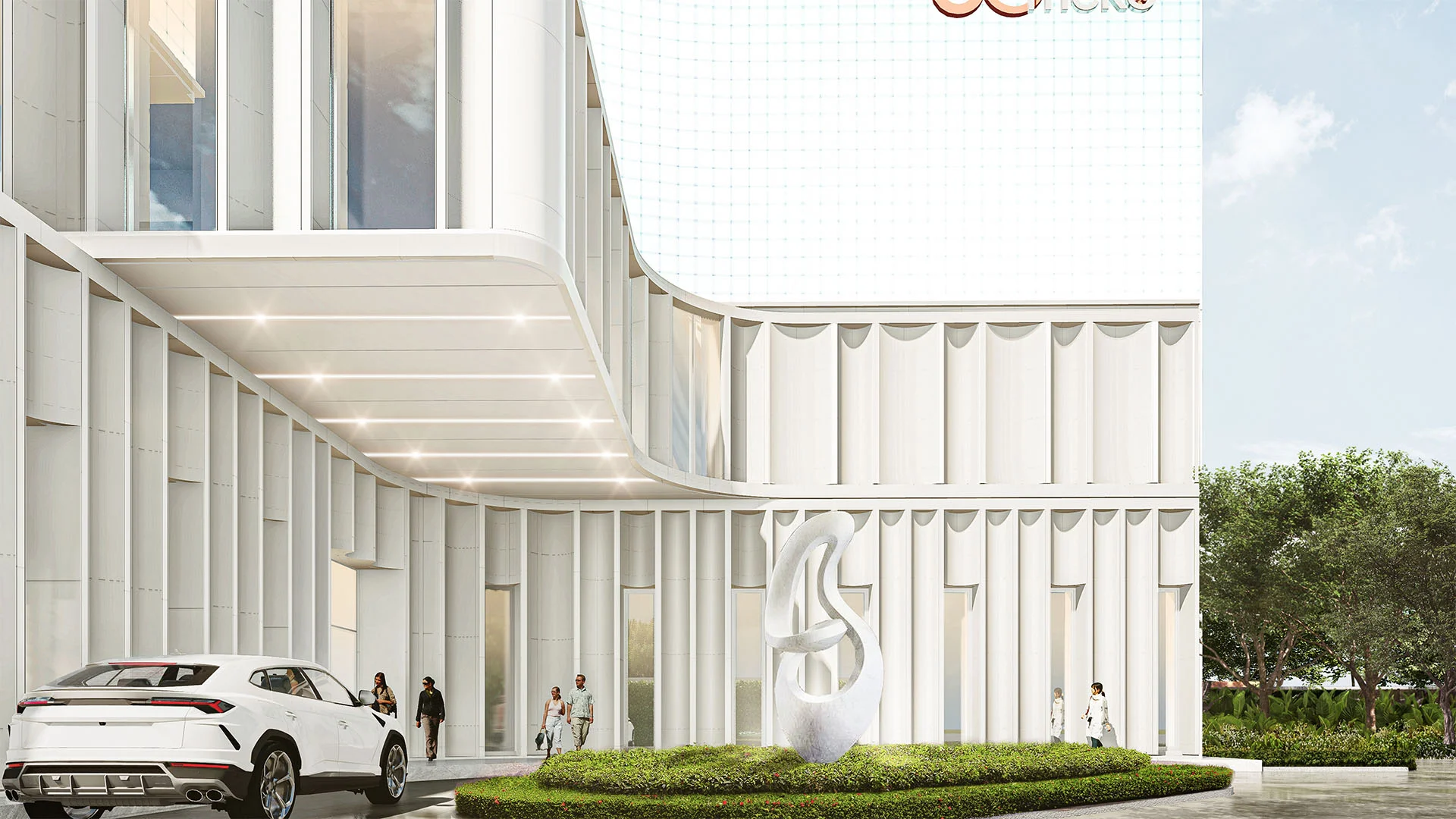
The remaining 30% of the construction is divided into subsequent phases, allowing for the gradual expansion of specialized units, patient wards, and additional medical services. This phased approach offers investors the flexibility to monitor the hospital’s performance and adjust their investment based on the evolving needs and demands of the healthcare market.
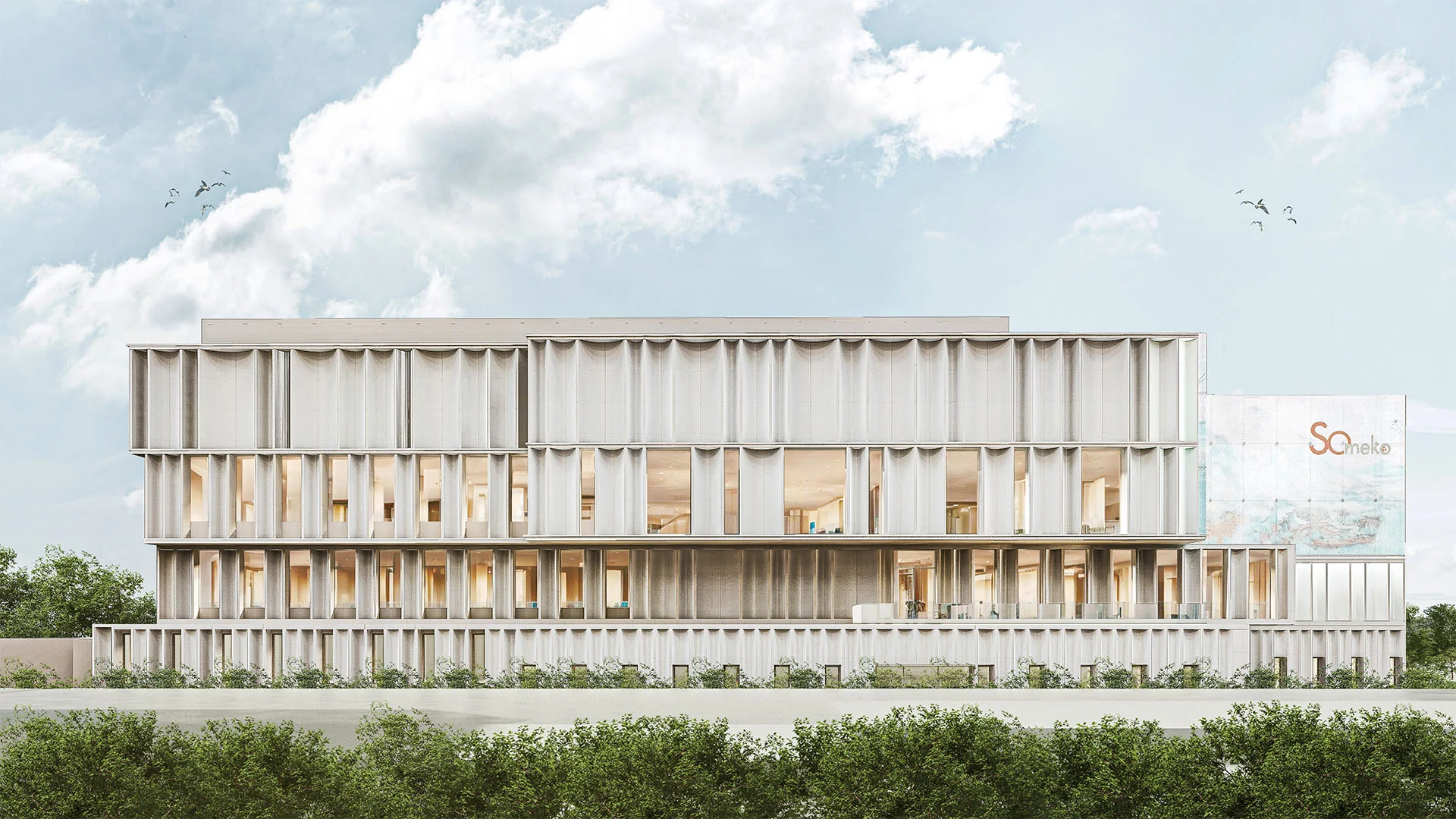
The financial advantage of the phased investment model lies in its ability to mitigate initial capital requirements while still delivering a functional and high-quality hospital from the outset. Investors can observe the hospital’s performance and respond to market dynamics, making informed decisions about subsequent phases based on real-time data and demand.
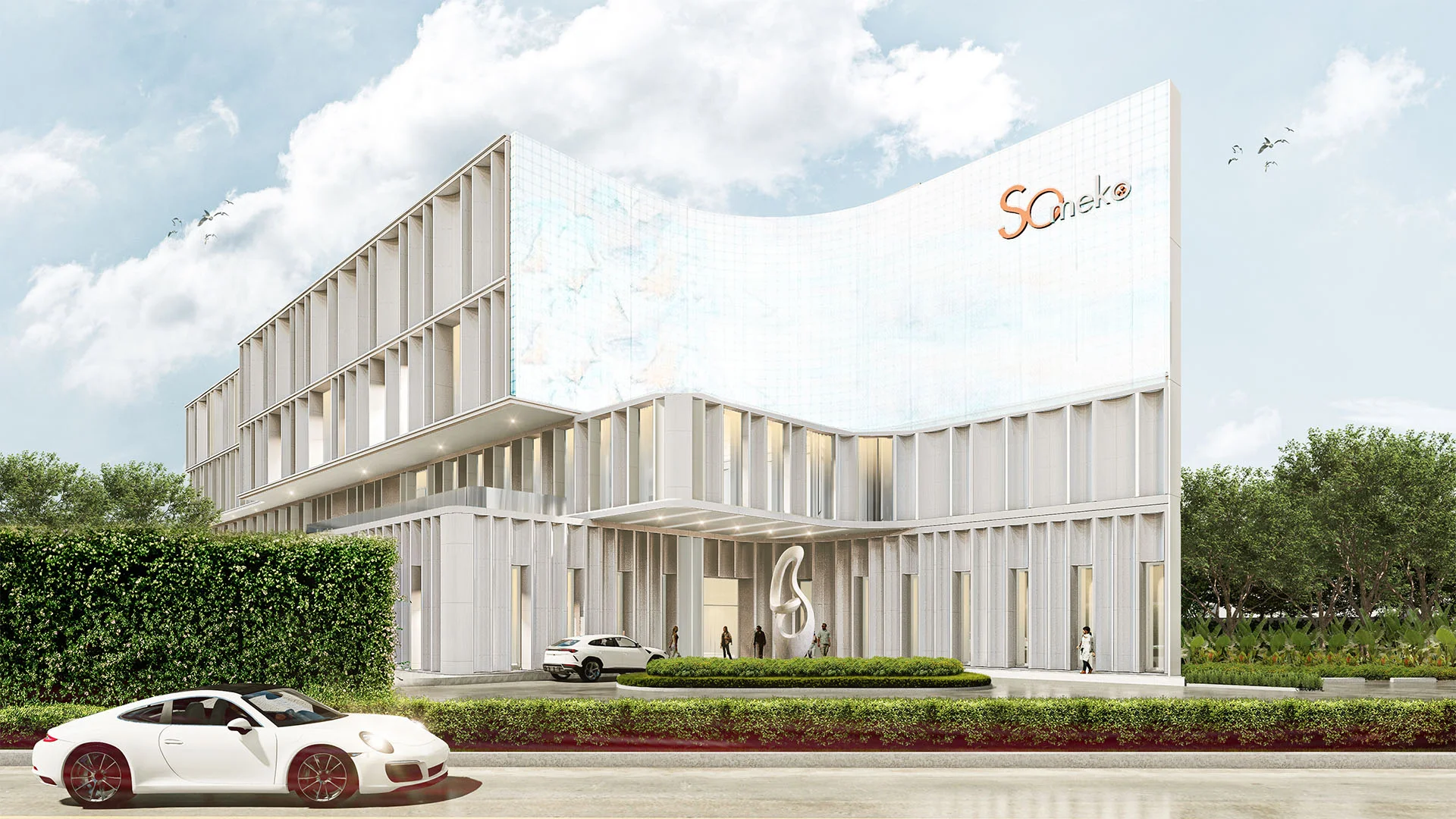
In conclusion, the Surgery Hospital design not only prioritizes patient care and operational efficiency but also presents a sound investment opportunity by allowing investors to commit to 70% of the project’s cost in phased increments. This approach balances financial prudence with the need for a comprehensive and adaptable healthcare facility.

